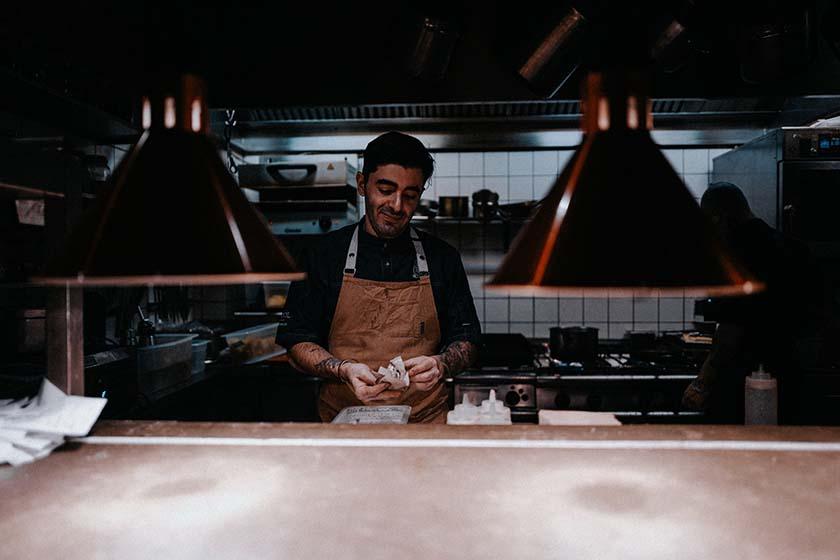While cleaning is not a very desirable chore for many people, restaurant owners need to clean regularly to ensure that their food preparation, dining and cooking areas remain tidy, organised and free from dirt, grime and other unwanted debris. While keeping your restaurant clean is essential, making sure that your commercial kitchen is kept clean and well-organised at all times is even more important. This is because kitchen is the room where food is prepared, and dirty kitchens can lead to contaminated food.
For some restaurants, the is also used as temporary storage room for food. For this reason, you must make sure your kitchen is well kept, and all surfaces are without dirt to avoid contamination of your food. Keeping your kitchen clean also makes cooking a lot more fun and comfortable. Here are other very significant benefits of cleaning your kitchen.
- Facilitates a clean kitchen
- Makes your staff more productive in the kitchen
- Helps you declutter your kitchen
- Gives you more space to operate
- Rids your kitchen of harmful germs
- Improves your kitchen skills
- Strengthens your confidence in the kitchen
- Promotes peace of mind
Cleaning is sometimes seen as a form of exercise. Cleaning the kitchen can prove to be very challenging at times. From prints on fridges, to stains on the top of the counter, to stubborn grime on stovetops, removing all the dirt is never an easy task. But to succeed in your kitchen cleaning, you must be aware that the cleaning methods for different surfaces are also different.
While cleaning everything randomly, using the exact same technique for every surface and stain may appear to be perfectly fine, rest assured that some surfaces will not be as clean and sparkling as you would want them to be. For each material or cover, you must be able to adopt a style that is best fitting for each surface you intend to clean.
While regular kitchen cleaning products are strong enough to remove almost all stains in the kitchen, very stubborn stains can prove resistant to such cleaners. Here are examples of such stains and how they can be taken care of.
1) Coffee stains: Spilled coffee may not seem much of a problem initially. But as soon as it dries upon the surface, it becomes a nightmare to remove.
How to clean:
- Apply soda paste on the stained surface
- Leave for a few minutes
- Scrub the surface with a sponge
- Wipe with a neat and dry rag
2) Hard water stains
Like coffee stains, hard water is another likely common cause of tough stains in the kitchen. Just like a coffee stain, water stains are also easier to clean when the stain is fresh but become far more difficult to remove once they’ve had a chance to dry.
How to clean:
- Treat with bleach or vinegar
- Allow the cleaning agent to settle for some time
- Scrub with a sponge
- Clean with a neat, dry rag
Other Useful Kitchen Cleaning Tips
While cleaning your kitchen, it is vital to make sure that you clean each surface carefully to avoid unnecessary damage. Here are some useful tips to help you keep a clean and tidy kitchen.
- Dispose of trash bins regularly to avoid unwanted odours
- Remove dirt from your restaurant sink and wash the sink thoroughly upon use
- Clean out and rearrange your kitchen cabinets from time to time
- Clean your oven and oven rack thoroughly, and remove hidden food particles
- Use lemon oil to polish wooden surfaces to keep them sparkling always
Conclusion
The commercial kitchen is one area of the restaurant or cafe that must always be kept free from dirt at all times. However, the kitchen tends to still generate dirt and stains, due to the regular traffic it attracts. For this reason, your restaurant kitchen must be cleaned at least three times a day to make sure it is always safe to prepare and cook meals in. Failure to do so will only make cleaning more time-consuming, it will also heighten the risk of contamination when serving food to clientele.












No Comments